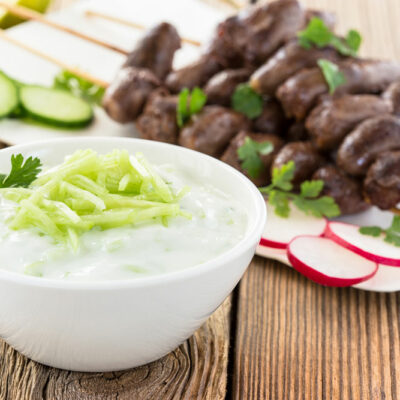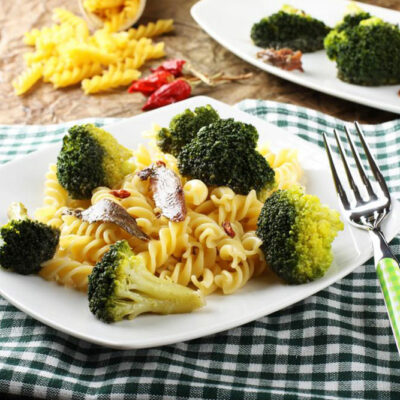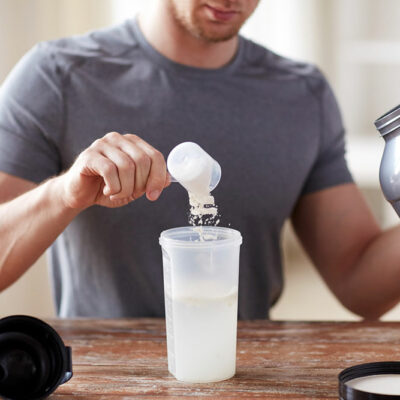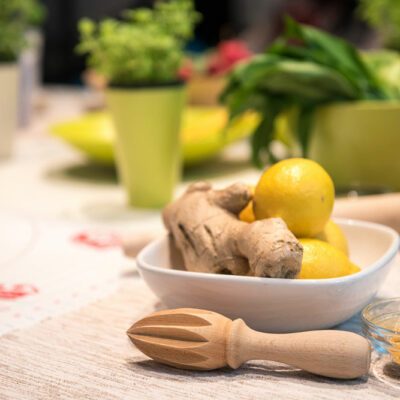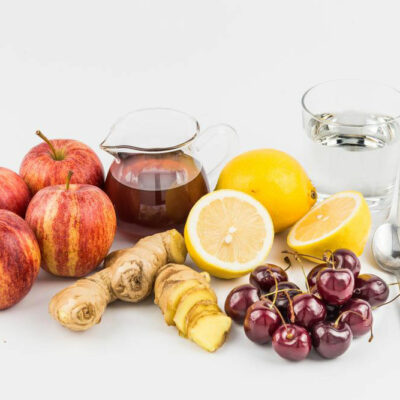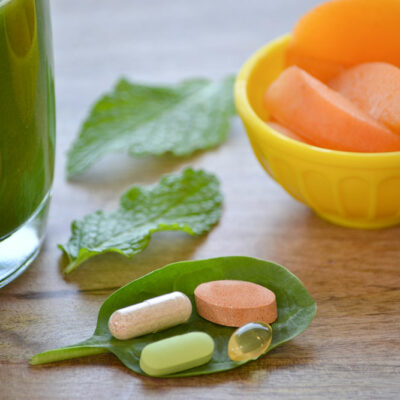
Diets & Meal Plans
Foods to eat during menopause
Menopause is a phase wherein a woman stops having her menstrual periods. Women can manage menopause by including the below-mentioned foods in their diet. The risk factors linked to menopause are inevitable to most women. Nutrition by managing your health with best foods to eat during menopause can help in many ways. The transition from a normal menstruation cycle to menopause can be difficult. Estrogen declines, and the balance between progesterone and estrogen declines as well. This affects metabolism and makes women gain more weight without even having to eat much. Other disorders include sleep apnea, nerve twitching, reduced bone density — these can be managed by consuming the following foods. Dairy products One of the major symptoms is reduced bone density and risk of fracture. Dairy products like cheese, yogurt, and milk have phosphorus, calcium, magnesium, potassium, and Vitamins D and K. This is one of the best foods to eat during menopause because it helps induce sleep. During menopause, women should get deeper sleep. Nowadays, due to several reasons, women have been affected by menopause at a very early stage. Dairy products are beneficial as they help reduce premature menopause by around 17%. Whole grains Whole grains are high in fiber, vitamins, and nutrients.



